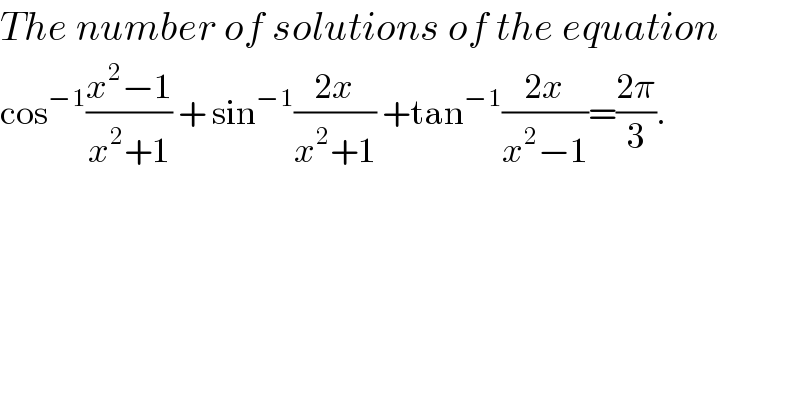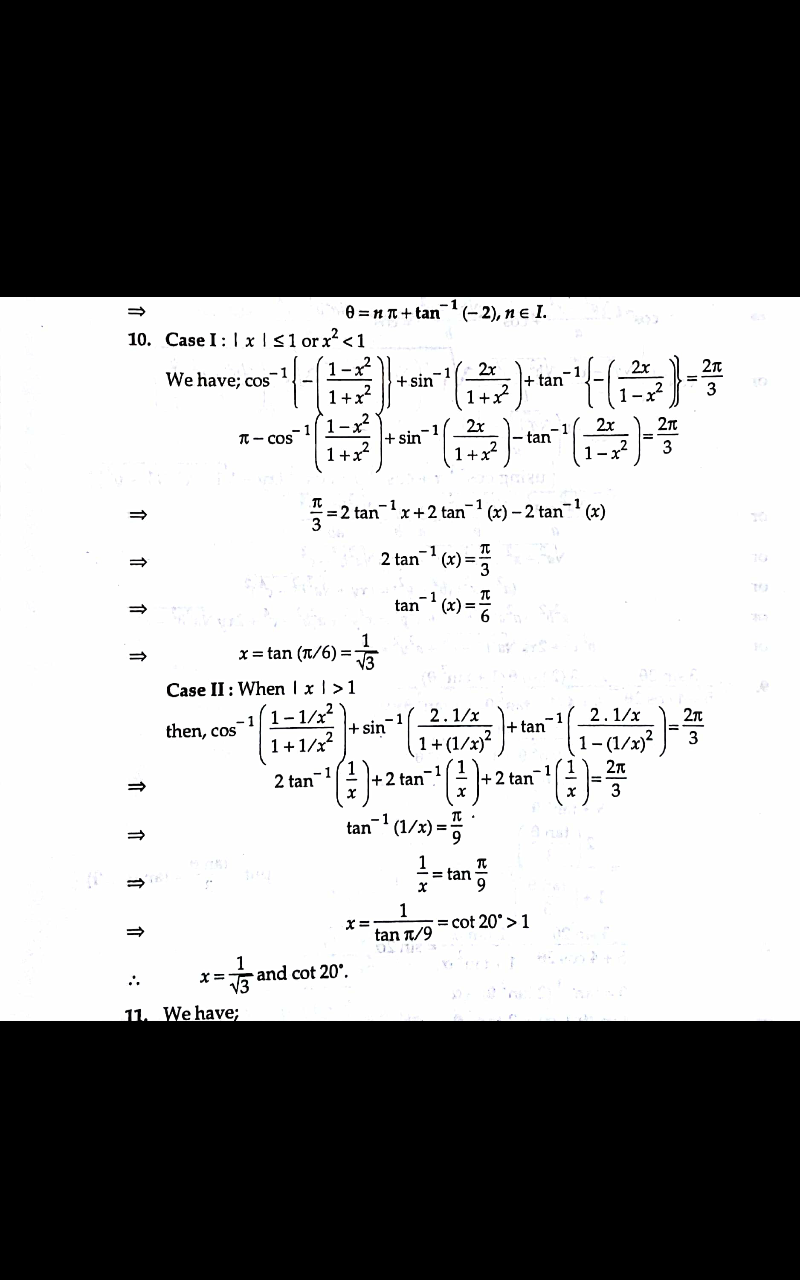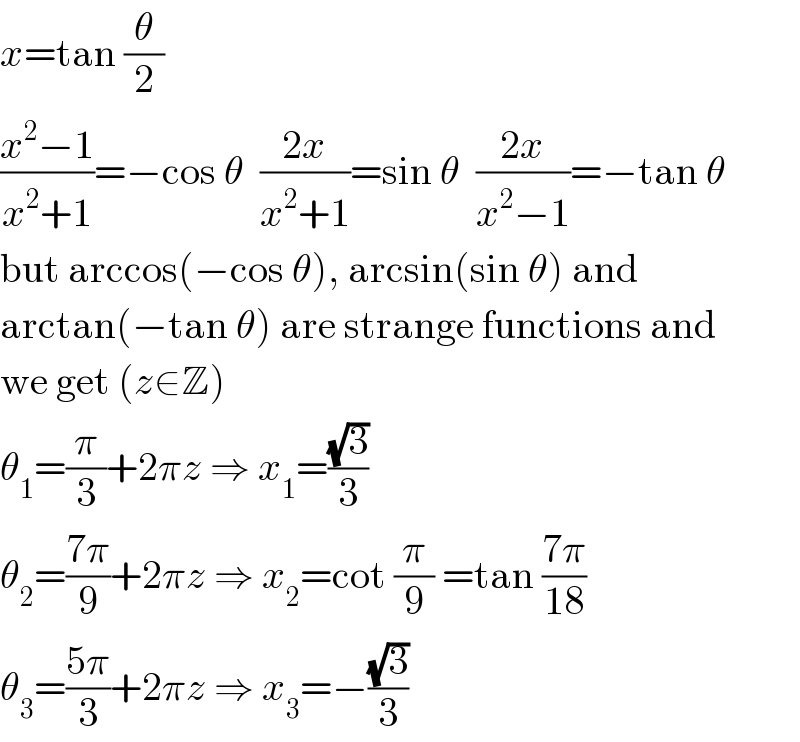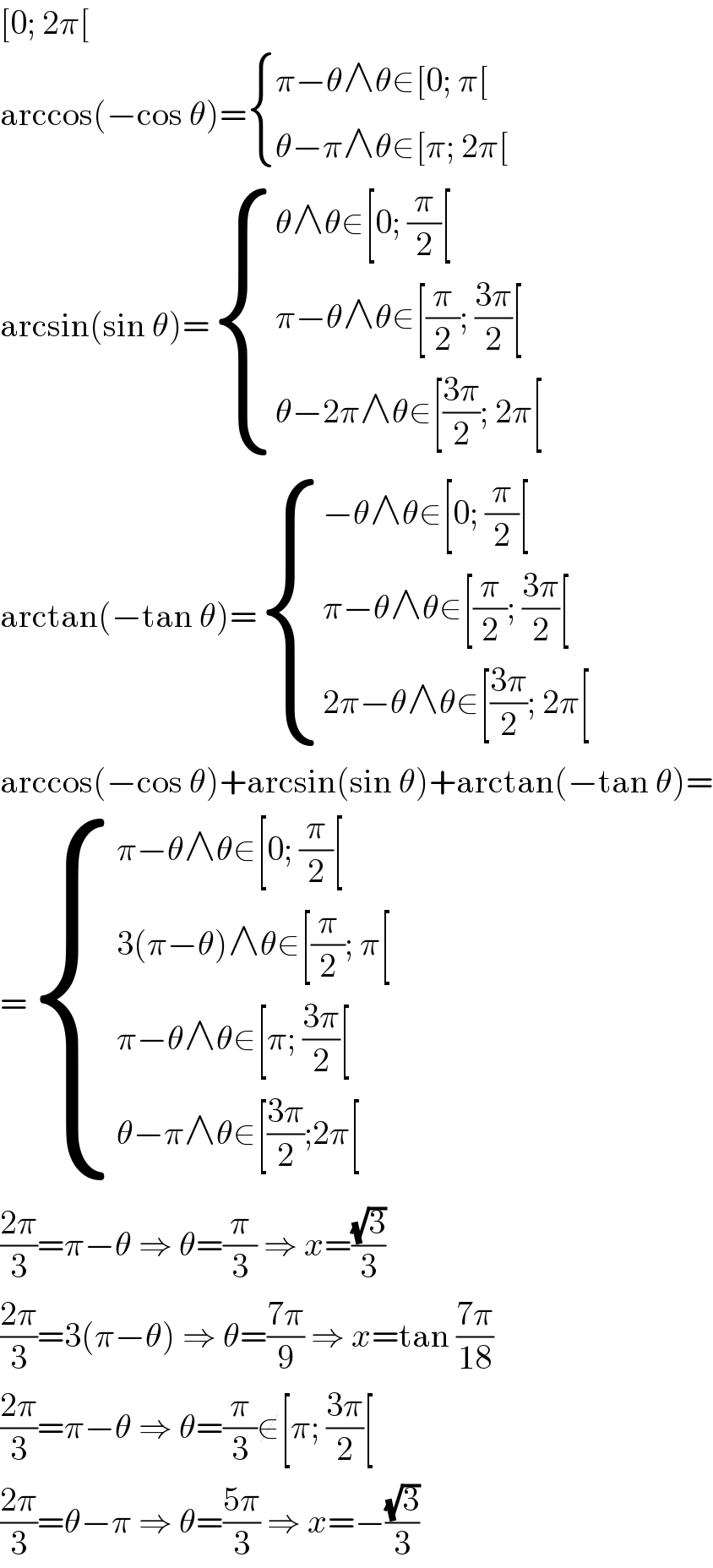
Question and Answers Forum
Question Number 44172 by rahul 19 last updated on 22/Sep/18

Commented by tanmay.chaudhury50@gmail.com last updated on 23/Sep/18

Answered by MJS last updated on 22/Sep/18

Commented by rahul 19 last updated on 23/Sep/18

Commented by MJS last updated on 23/Sep/18

Commented by MJS last updated on 23/Sep/18

